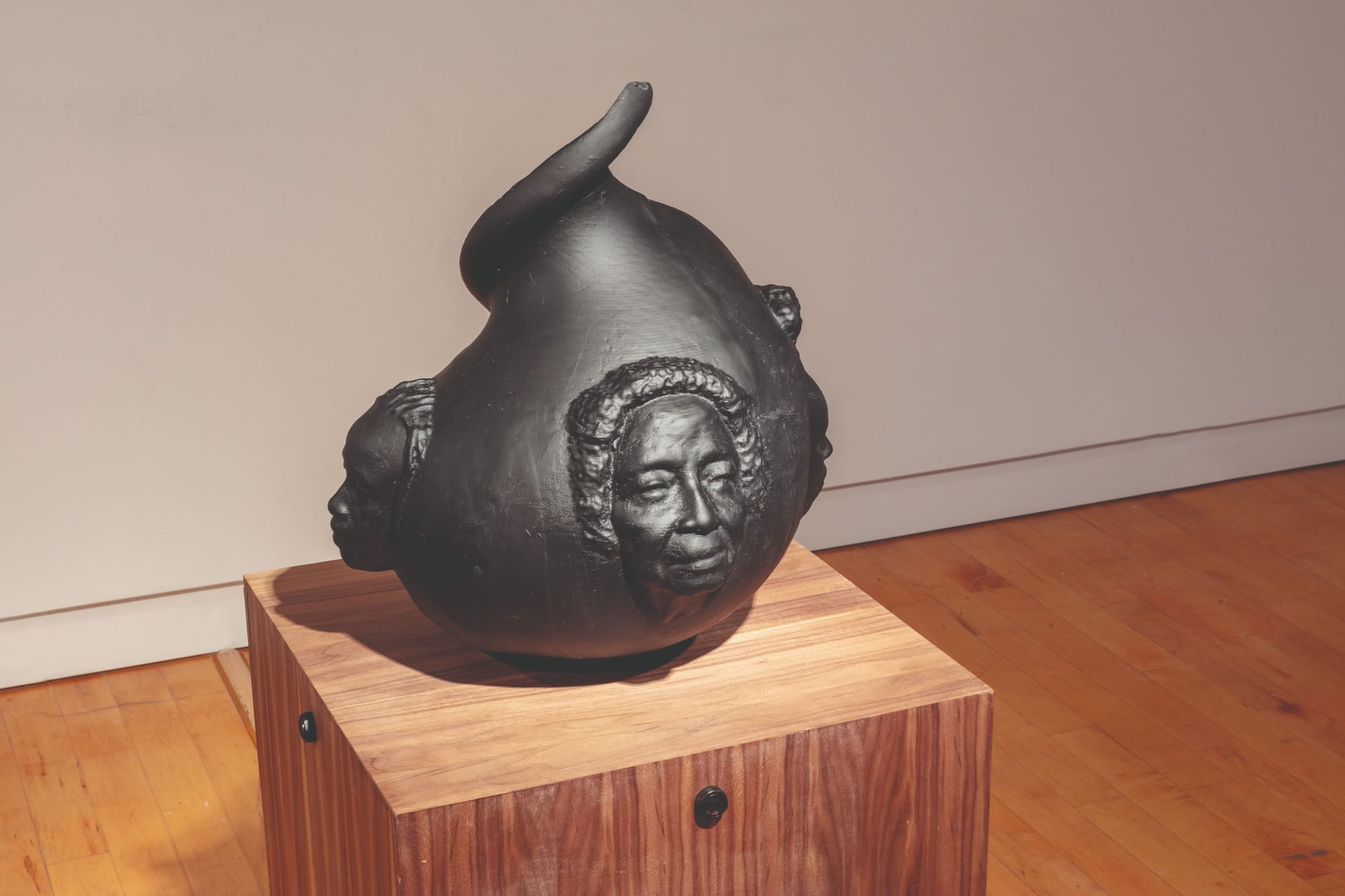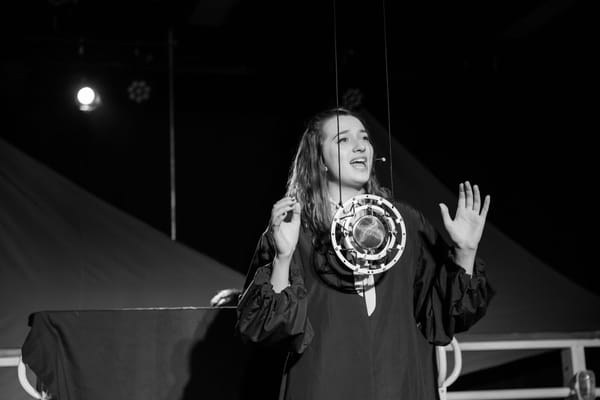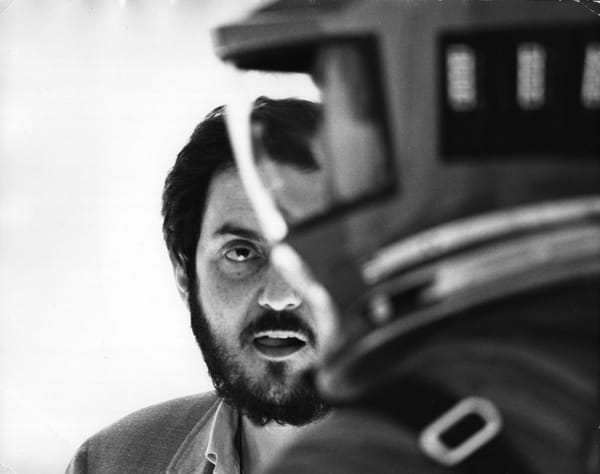More than Human? Stephanie Dinkins
AI: More than Human sees collaboration between cutting edge researchers at DeepMind (MIT) and a wide range of artists including Stephanie Dinkins.

Stephanie Dinkins’ eureka moment came as she stood face-to-face with BINA48, a black female robot residing in a first-floor office in Vermont. The opportunity was thanks to the work of the Terasem Foundation, a group dedicated to testing the limits of uploading a mind into a computer. Faced with “the only black female robot on the planet”, Dinkins felt that her cyber companion’s answers to questions about race and gender seemed incongruent with the experience of a black woman in 21st century America.
Technology, often host to futuristic fantasy, also reminds us of very present concerns. For Dinkins, there is a tangible fear that “AI and technology will start homogenising us … boiling us down to the mean”. How can we create sentient entities meant to operate in cosmopolitan communities when the creators are far from cosmopolitan? Is the answer for AI entities to only be encoded by people from their ‘community’? According to Dinkins, “programmers require lots and lots of information and interviews and contact, to appreciate some of the nuances of a culture”. Thus, the path forward lies not in the subjective experience of whoever writes the code, but education and exposure to different communities. “We’re not just providing facades,” Dinkins is eager to emphasise.
With in this drive to understand others in order to create a synthetic identity comes “ideas of empathy, compassion, ethical stances towards each other”, says Dinkins. Perhaps, one is allowed to hope, planning for the future can help to heal the enduring ignorance and misunderstandings of the present.

Based on her experience and art engaging with authenticity and agency, and with the generous funding of Pioneer Works Tech Lab and others, Dinkins has created Not The Only One, or N’TOO. The project is a multigenerational memoir of three generations of women in her family (spanning almost a century), as told by a custom deep-learning AI. The AI has been fed numerous interviews with these women and continues to gather new knowledge from interactions with the public. The idea of learning through exposure to the real world is reminiscent of Microsoft’s AI chatter bot, Tay, which enjoyed a life-span of 16 hours during which it evolved from a naïve online sentience into, as Dinkins puts it, a “crazy, vile, racist, homophobic, xenophobic thing”. A bitter reminder that online discourse is perhaps not the best way to raise a new-born AI. When I raise this fear with Dinkins, she concedes that she provides only a foundation upon which the AI builds its own sentience. However, to follow her family traditions, N’TOO is designed not to ‘hear’ crude or vulgar terms. In doing so, she treads a fine line between ‘organic’ growth of the AI and cultural limits.
The tradition of oral history is deeply rooted in older cultures. The griot, found in present-day West African tribes, is a historian, story-teller and vocal artist. As Francis Bebey, Cameroonian writer, wrote in African Music: A People’s Art, the griot is “a living archive of the people’s traditions”, one who receives news and information from the community. Though Dinkins is reluctant to lay claim to the griot heritage and title, she recognises a curious similarity between her family’s oral tradition and N’TOO’s essence: “things are verbal … they’re somewhat encoded.” While griots are bound by mortal limitations and lifespans, N’TOO may become what Dinkins dubs “almost the active griot with a digital memory”. However, the similarities end there. The human griot offers broad sweeping lessons in human nature, while the interpersonal conversations recorded by N’TOO “holds some of the things we tend to forget, the particularities.”
Dinkins’ work extends beyond her most recent project. She has founded Project Al Khwarizmi, a community-based project in Brooklyn that brings coding and data to communities of colour. As we rapidly immerse society in technology, Dinkins reminds us that “our lives are being bounced off algorithms all the time”. From social media feeds to criminal justice, we are unknowingly controlled by digital mechanisms. But what happens when “this system is based on old data”? For Dinkins, the movement to “have more people of colour in the top ranks helping to write the code, write the algorithms, and control some of the ways they’re being used or sold to other systems” brings both social and economic benefits. If you educate communities about algorithms using non-biased data, you get what Dinkins heralds as “better outcomes”. For instance, a ProPublica report into machine bias revealed how algorithms based on zipcodes charged Asian-Americans more, on average, for online SAT tutoring. However, this extends beyond “small social justice … it’s about the way we decide to live as humans”, Dinkins notes.
Are we ready for AI? Dinkins is reluctant to predict when technology will reach the feared singularity, when it eventually surpasses human intelligence. She defers to the judgement of greater minds: “we have 25-50 years to get this right”. Such a deadline is fast approaching, and raises vital questions: “how do we prepare ourselves, and how do we prepare it?” A technology that is made by all, for all.
As the interview draws to a close, I ask her for her advice for anyone looking to be involved in programming, whether as an artist (like her) or as a programmer. She counsels young people to “remember to bring your whole self”, a holistic approach involving both skill-set and identity. Deploring adherence to the status quo as “complacent”, she recommends “remaining flexible, mentally and in the modalities you use.”
We stand on an existential precipice. Climate change catastrophe looms heavy on the horizon. Should we survive, N’TOO stands as a salient reminder that our histories, as well as our futures, deserve protection in the digital Eden that follows.







